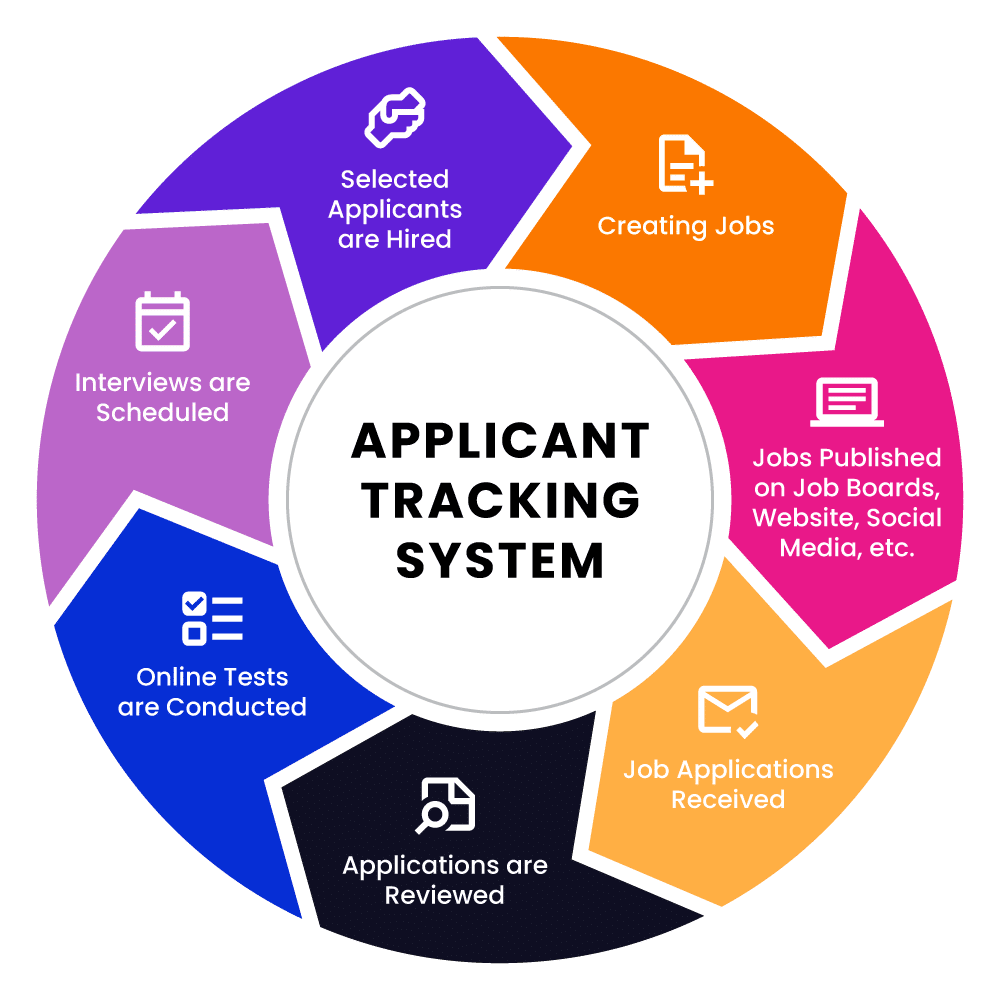Resume / CV Tips for Landing an AI Job
XEC Recruitment
Landing a job in artificial intelligence (AI) requires a well-crafted resume that showcases your technical skills, experience, and achievements. With recruiters increasingly using Applicant Tracking Systems (ATS), it’s essential to optimize your CV to ensure it gets noticed. Here are some detailed tips to help you create an effective AI resume.
How Long Should My CV Be?

Keep it Concise
For most AI job applicants, a two-page resume is ideal. While it’s important to include relevant details, avoid lengthy descriptions and focus on key achievements and skills. Concise resumes are easier to scan and ensure that your most important qualifications stand out.
Tips:
- Highlight your most recent and relevant experience.
- Use bullet points for clarity and brevity.
- Avoid unnecessary details that don’t directly relate to the job.
How to Structure an AI CV

Header and Contact Information
Start with your full name, phone number, email address, and LinkedIn profile. Make sure your contact information is up-to-date and professional.
Professional Summary
Include a brief professional summary at the top of your resume. This should be a few sentences that highlight your experience, skills, and career goals.
Example: “Experienced AI Developer with 5 years of experience in machine learning and data science. Skilled in Python, TensorFlow, and NLP, with a proven track record of developing innovative AI solutions.”
Skills Section
List your technical skills clearly, separating them into categories if necessary (e.g., programming languages, machine learning frameworks, data analysis tools).
Example:
- Programming Languages: Python, R, Java
- Machine Learning Frameworks: TensorFlow, PyTorch, Keras
- Tools: Jupyter, SQL, Git
Professional Experience
Detail your work experience in reverse chronological order. For each role, include the job title, company name, location, and dates of employment. Use bullet points to describe your responsibilities and achievements.
Example: Machine Learning Engineer
XYZ Tech Solutions, London
June 2019 – Present
- Developed and deployed machine learning models for predictive analytics, improving forecast accuracy by 15%.
- Collaborated with cross-functional teams to integrate AI solutions into existing systems.
Education
List your educational background, including degrees earned, institutions attended, and graduation dates. Mention any relevant coursework or projects.
Example: Master of Science in Artificial Intelligence
University of Bristol
Graduated: June 2018
- Relevant Coursework: Machine Learning, Neural Networks, Data Mining
Certifications and Projects
Include any relevant certifications (e.g., Google AI, Microsoft Certified: Azure AI Engineer) and significant projects that demonstrate your expertise.
Example: Certifications:
- Google Professional Machine Learning Engineer
- Microsoft Certified: Azure AI Engineer Associate
Projects:
- Developed an NLP chatbot for customer service, reducing response time by 40%.
What Impact Does ATS Have on My CV?

Understanding ATS
Applicant Tracking Systems (ATS) are used by recruiters to filter and rank resumes. These systems scan for keywords and phrases that match the job description. To ensure your resume passes through an ATS, follow these tips:
Use Keywords
Incorporate relevant keywords from the job posting into your resume. Focus on specific skills, technologies, and job titles mentioned in the listing.
Example: If the job description mentions “machine learning,” “Python,” and “data analysis,” make sure these terms appear prominently in your skills and experience sections.
Simple Formatting
ATS systems can struggle with complex formatting. Use a simple, clean layout without tables, graphics, or unusual fonts. Stick to standard sections and bullet points.
Use Standard Headings
Use standard headings like “Professional Experience,” “Education,” “Skills,” and “Certifications” to ensure the ATS can easily navigate your resume.
Save as a PDF
Save your resume as a PDF to preserve formatting. Ensure the PDF is not password-protected and check that it is ATS-friendly by testing it on free online tools.
How to Make Your CV Stand Out

Showcase Relevant Experience
Tailor your resume to the job you are applying for. Highlight experiences and projects that are directly relevant to the role. Customize your professional summary and skills section to match the job description.
Highlight Achievements
Quantify your achievements where possible. Use metrics to demonstrate the impact of your work (e.g., “Improved algorithm efficiency by 20%,” “Reduced data processing time by 30%”).
Build a Strong Online Presence
Having a strong online presence can complement your resume and give recruiters a more comprehensive view of your skills and experience.
GitHub:
- Create a GitHub profile and upload your code repositories. Showcase your projects, contributions to open-source software, and any collaborative work.
Substack/Blog:
- Start a blog or Substack newsletter to write about your AI projects, share insights, and establish yourself as a thought leader in the field.
Network
Networking is crucial in the tech industry. Attend industry events, webinars, and meetups. Engage with AI communities on platforms like LinkedIn, Reddit, and Kaggle.
Conclusion
Creating an effective AI resume involves more than just listing your skills and experience. It requires strategic formatting, keyword optimization for ATS, and showcasing your achievements and projects. Building a strong online presence and networking can further enhance your profile. For developers in the UK aiming to land an AI job, working with specialized AI recruitment agencies like XEC Recruitment can provide additional support and access to top opportunities in the industry.
